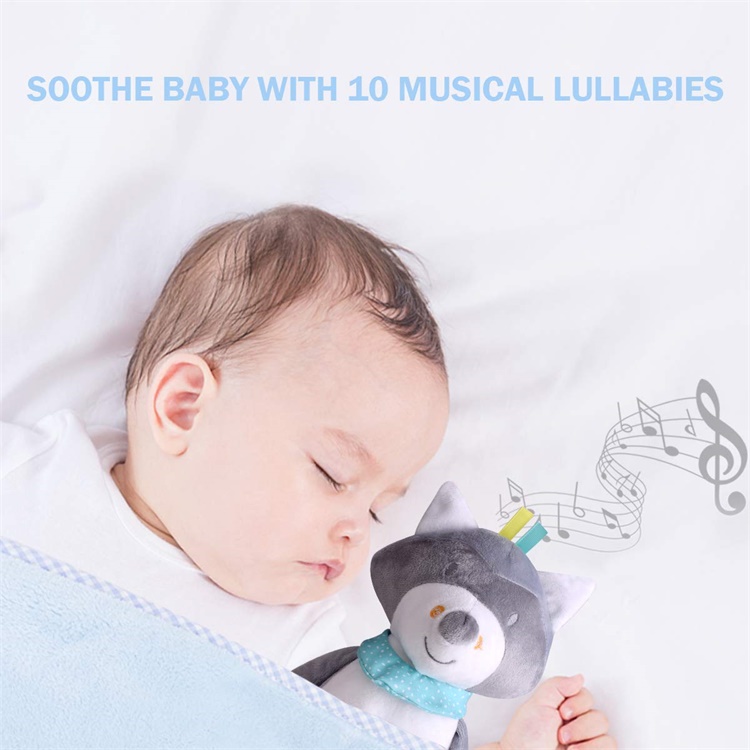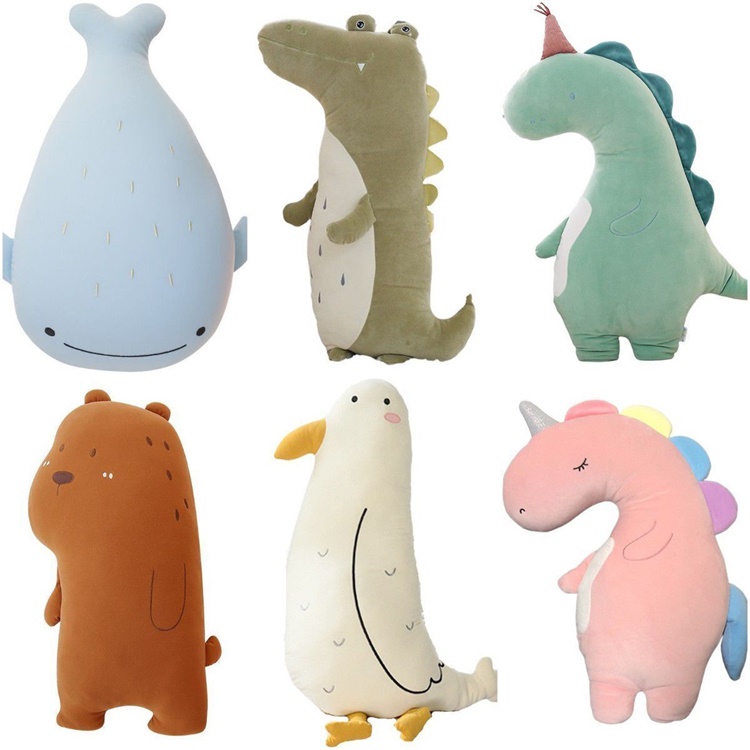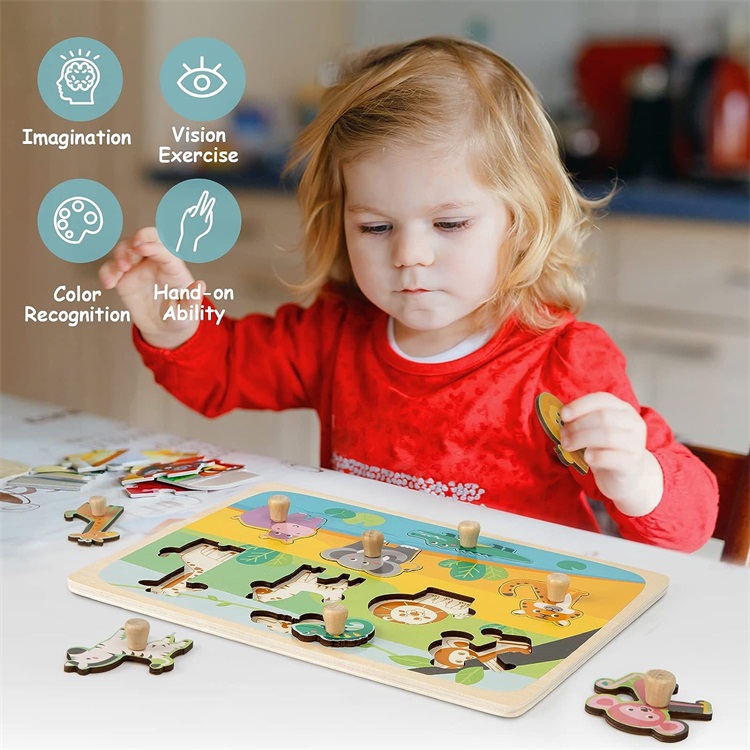Baby Sleep with a Blanket: Safety Guidelines and Tips
One question that often arises for parents is when it is safe for their baby to sleep with a blanket. While blankets can provide warmth and comfort, it’s important to prioritize your baby’s safety while they sleep. In this article, we will discuss the guidelines and considerations for introducing a blanket to your baby’s sleep routine, ensuring a safe and cozy environment for your little one.

Wait until the right age:
The American Academy of Pediatrics (AAP) recommends waiting until your baby is at least 12 months old before introducing a blanket to their crib.
Infants have limited motor skills and may not be able to move the blanket away from their face if it covers their airways.
Create a safe sleep environment:
Prioritize a firm mattress: Ensure your baby’s mattress is firm and fits snugly in the crib to reduce the risk of suffocation or entrapment.
Use a fitted sheet: Always use a fitted sheet that securely covers the mattress and tuck it in tightly to avoid loose fabric.
Consider sleep sacks or wearable blankets:
Sleep sacks: Sleep sacks are a safe alternative to blankets. These wearable blankets provide warmth without the risk of covering the baby’s face.
Choose the right size: Select a sleep sack that fits your baby snugly, ensuring that their head cannot slip inside the garment.
Monitor room temperature:
Keep the room comfortable: Maintain a temperature between 68 to 72 degrees Fahrenheit (20 to 22 degrees Celsius) to ensure a comfortable sleeping environment for your baby.
Use a room thermometer: Use a reliable room thermometer to monitor the temperature and adjust the clothing or bedding accordingly.
Practice safe blanket usage:
Choose lightweight blankets: Opt for lightweight and breathable blankets made specifically for babies to reduce the risk of overheating.
Avoid loose bedding: Ensure the blanket is securely tucked in around the mattress and does not have loose ends that may pose a strangulation hazard.
Place the blanket correctly: Place the blanket below your baby’s chest, ensuring it does not cover their face or head.
Regularly check on your baby:
Regular monitoring: Continuously check on your baby during sleep to ensure the blanket has not shifted or covered their face.
Remove excessive bedding: If you find the blanket has become tangled around your baby, promptly remove it to prevent possible suffocation.
Trust your instincts:
Every baby is different: Remember that each baby’s development and readiness for a blanket may vary. Trust your instincts and consult with your pediatrician if you have any concerns.
While blankets can provide warmth and comfort, it’s crucial to prioritize your baby’s safety during sleep. Wait until your baby is at least 12 months old before introducing a blanket to their crib, and consider using sleep sacks or wearable blankets as safe alternatives. Ensure a safe sleep environment, monitor room temperature, and practice safe blanket usage. By following these guidelines and trusting your instincts, you can create a cozy and secure sleep environment for your baby.
Baby soothing toys recommend:
Post a Comment
You must be logged in to post a comment.









